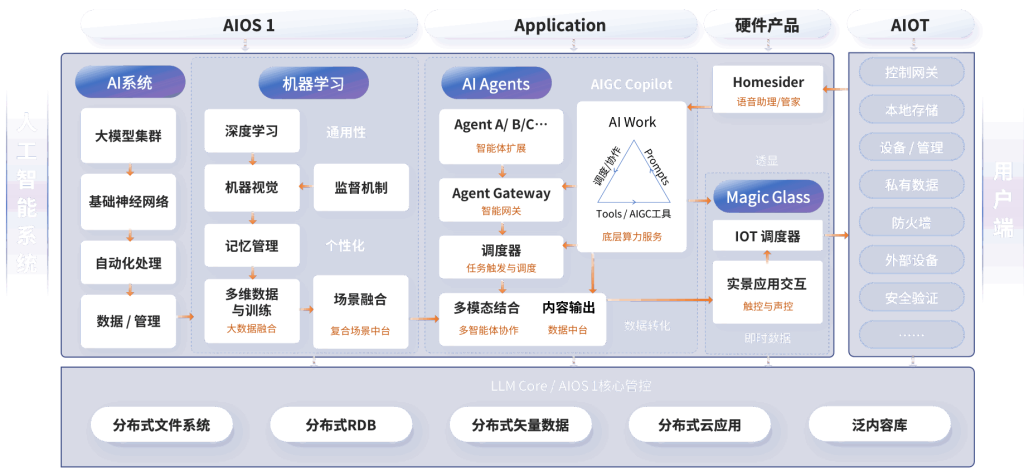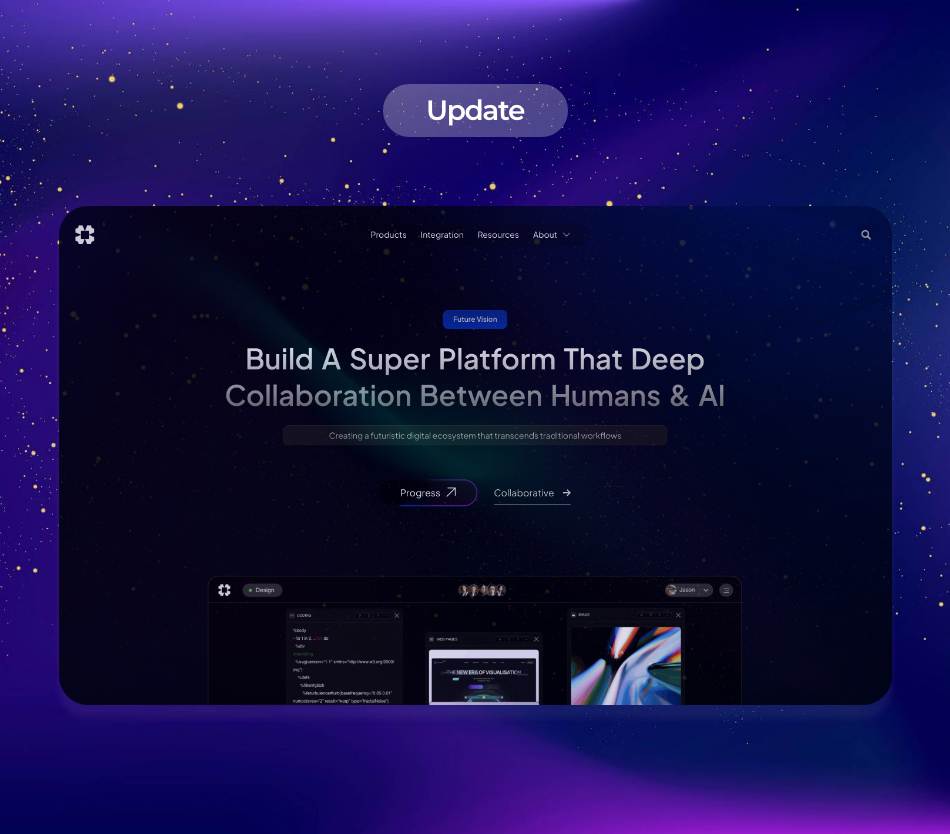In recent years, AI-driven automation has emerged as a transformative force in various industries, reshaping how businesses operate and compete. Companies are increasingly leveraging artificial intelligence (AI) to streamline processes, enhance productivity, and drive innovation. This article explores the latest trends in AI-driven automation, its applications across different sectors, and the strategic implications for businesses.
.
**Understanding AI-Driven Automation**
AI-driven automation refers to the use of artificial intelligence technologies to perform tasks that traditionally required human intervention. This encompasses a wide range of applications, from robotic process automation (RPA) to machine learning algorithms that analyze data and make decisions. The goal is to increase efficiency, reduce costs, and improve accuracy in business operations.
.
**Current Trends in AI-Driven Automation**
1. **Increased Adoption Across Industries**: Organizations across sectors such as manufacturing, healthcare, finance, and retail are adopting AI-driven automation to enhance operational efficiency. According to a report by McKinsey, 70% of companies are piloting AI in at least one business function, with automation being a key focus area.
2. **Integration with Cloud Technologies**: The rise of cloud computing has facilitated the deployment of AI-driven automation tools. Businesses can now access powerful AI capabilities without the need for extensive on-premises infrastructure. This trend is particularly evident in small and medium-sized enterprises (SMEs), which can leverage cloud-based AI solutions to compete with larger organizations.
3. **Focus on Enhanced Customer Experience**: Companies are increasingly using AI-driven automation to improve customer interactions. Chatbots and virtual assistants powered by AI are being deployed to handle customer inquiries, provide personalized recommendations, and streamline service delivery. This not only enhances customer satisfaction but also frees up human agents to focus on more complex tasks.
4. **Data-Driven Decision Making**: AI-driven automation allows businesses to analyze large volumes of data quickly and accurately. By leveraging machine learning algorithms, organizations can identify patterns, forecast trends, and make informed decisions. This data-driven approach is becoming essential for staying competitive in today’s fast-paced market.
.
**Industry Applications of AI-Driven Automation**
1. **Manufacturing**: In the manufacturing sector, AI-driven automation is revolutionizing production lines. Robots equipped with AI capabilities can perform repetitive tasks with precision, reducing the risk of errors and increasing output. Predictive maintenance powered by AI also helps manufacturers minimize downtime by anticipating equipment failures.
2. **Healthcare**: The healthcare industry is leveraging AI-driven automation for various applications, including patient diagnosis, treatment recommendations, and administrative tasks. AI algorithms can analyze medical images, assist in drug discovery, and streamline patient scheduling, ultimately improving patient outcomes and operational efficiency.
3. **Finance**: In finance, AI-driven automation is transforming processes such as fraud detection, risk assessment, and customer service. Algorithms can analyze transaction patterns to identify suspicious activities, while chatbots handle customer inquiries, providing quick and efficient service.
4. **Retail**: Retailers are using AI-driven automation to optimize inventory management, personalize marketing campaigns, and enhance the shopping experience. AI algorithms analyze consumer behavior to predict demand, allowing retailers to stock products more effectively and reduce waste.
.
**AI-Driven Business Strategies: A Path to Success**
To fully harness the potential of AI-driven automation, businesses must adopt strategic approaches that align with their goals. Here are some key strategies for implementing AI-driven automation effectively:
1. **Invest in AI Training and Development**: Organizations should prioritize training their workforce in AI technologies. This includes upskilling employees to work alongside AI systems and fostering a culture of innovation. By investing in training, businesses can ensure that their teams are equipped to leverage AI-driven automation effectively.
2. **Start Small and Scale Gradually**: Businesses should begin their AI-driven automation journey with pilot projects that address specific pain points. By starting small, organizations can test the waters, gather insights, and refine their strategies before scaling up. This iterative approach minimizes risks and allows for continuous improvement.
3. **Focus on Data Quality**: The success of AI-driven automation largely depends on the quality of data used to train algorithms. Organizations must invest in data governance practices to ensure that their data is accurate, complete, and up to date. High-quality data leads to better decision-making and more effective automation.
4. **Collaborate with AI Experts**: Partnering with AI specialists can provide organizations with the expertise needed to implement automation solutions effectively. Collaborations can include consulting firms, technology providers, and academic institutions that offer insights into best practices and emerging trends.
.
**Technical Insights: Tools and Technologies for AI-Driven Automation**
Several tools and technologies are at the forefront of AI-driven automation. These innovations are enabling businesses to implement automation solutions more effectively:
1. **Robotic Process Automation (RPA)**: RPA tools automate repetitive tasks by mimicking human actions. They are particularly useful for data entry, invoice processing, and other rule-based tasks. Popular RPA platforms include UiPath, Automation Anywhere, and Blue Prism.
2. **Natural Language Processing (NLP)**: NLP technologies enable machines to understand and interpret human language. This is crucial for applications such as chatbots and virtual assistants, which rely on NLP to engage with customers effectively. Tools like Google Cloud Natural Language and IBM Watson NLP are widely used in this space.
3. **Machine Learning Frameworks**: Machine learning frameworks such as TensorFlow and PyTorch provide the foundation for developing AI models. These frameworks allow organizations to build custom algorithms tailored to their specific needs, enabling advanced data analysis and predictive capabilities.
4. **AI-Powered Analytics Platforms**: Platforms like Tableau and Microsoft Power BI incorporate AI capabilities to enhance data visualization and analysis. These tools help businesses derive actionable insights from their data, supporting informed decision-making.
.
**Challenges and Considerations in AI-Driven Automation**
While the benefits of AI-driven automation are substantial, organizations must also navigate several challenges:
1. **Integration with Existing Systems**: Integrating AI-driven automation tools with legacy systems can be complex and time-consuming. Organizations must carefully plan their implementation strategies to ensure seamless integration and minimize disruptions.
2. **Ethical Considerations**: The use of AI raises ethical questions, particularly regarding data privacy and job displacement. Businesses must address these concerns proactively by establishing ethical guidelines and ensuring transparency in their AI practices.
3. **Change Management**: Implementing AI-driven automation often requires significant changes in workflows and organizational culture. Effective change management strategies are essential to ensure that employees embrace new technologies and processes.
.
**Conclusion: The Future of AI-Driven Automation**
AI-driven automation is poised to shape the future of business operations. As organizations continue to adopt AI technologies, they will unlock new opportunities for efficiency, innovation, and growth. By understanding the trends, applications, and strategic implications of AI-driven automation, businesses can position themselves for success in the digital age.
.
**Sources:**
1. McKinsey & Company. (2023). “The State of AI in 2023.”
2. Deloitte. (2023). “AI and the Future of Work.”
3. Gartner. (2023). “Top Strategic Technology Trends for 2023.”
4. Forrester Research. (2023). “The Future of Automation: Trends and Predictions.”
This comprehensive overview of AI-driven automation highlights its significance in modern business practices, the strategies for successful implementation, and the tools that facilitate its adoption. By embracing AI-driven automation, organizations can navigate the complexities of the digital landscape and achieve sustainable growth.





















